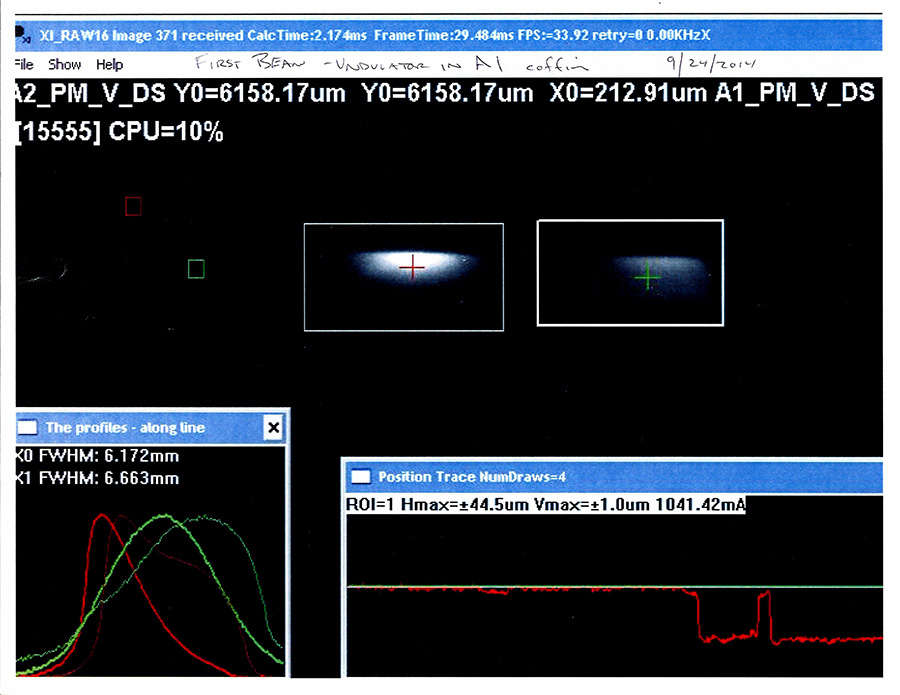 
With first light passing through the x-ray optics and into the hutch on Wednesday, September 24, CHESS enters a new era as a 3rd Generation Source! The staff made a Herculean effort and in just 10 short weeks... more »
|
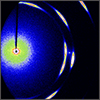 
Way too small to see, nanocrystals - tiny crystals that are at least 1,000 times smaller than the diameter of a human hair - exhibit unprecedented properties that intrigue scientists and engineers... more »
|
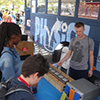 
Several Cornell graduate students in the field of physics and the science outreach specialist for Xraise Cornell, the outreach program of CLASSE took advantage of the new Ithaca Physics Bus to showcase the work of local school-age JunkGenies at the World Maker Faire... more »
|
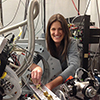 
The structural evolution of materials under sudden, high impact deformation is of critical importance in a variety of different applications, particularly in the automotive and aerospace industries... more »
|
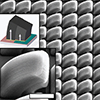 
Materials in nature are often complex and ingenious, challenging scientists and engineers to mimic their functionality or try to improve upon effective and efficient solutions. For example, the skins of many plants and animals have intricate microscale features that give rise to useful properties... more »
|
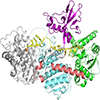 
Within the past decade it was discovered that many cells have an adaptive immune system to fight off foreign RNA or DNA which may have been inserted by a viral, plasmid or transposon attack. In bacteria, this system is known as CRISPR... more »
|
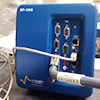 
In the past, users performing electrochemical experiments at beamlines brought their potentiostats from their home laboratories. Because they are delicate, there is a risk of breakage of their internal components while transporting them, adding delays to users' research programs if they do break. By having one at CHESS... more »
|








